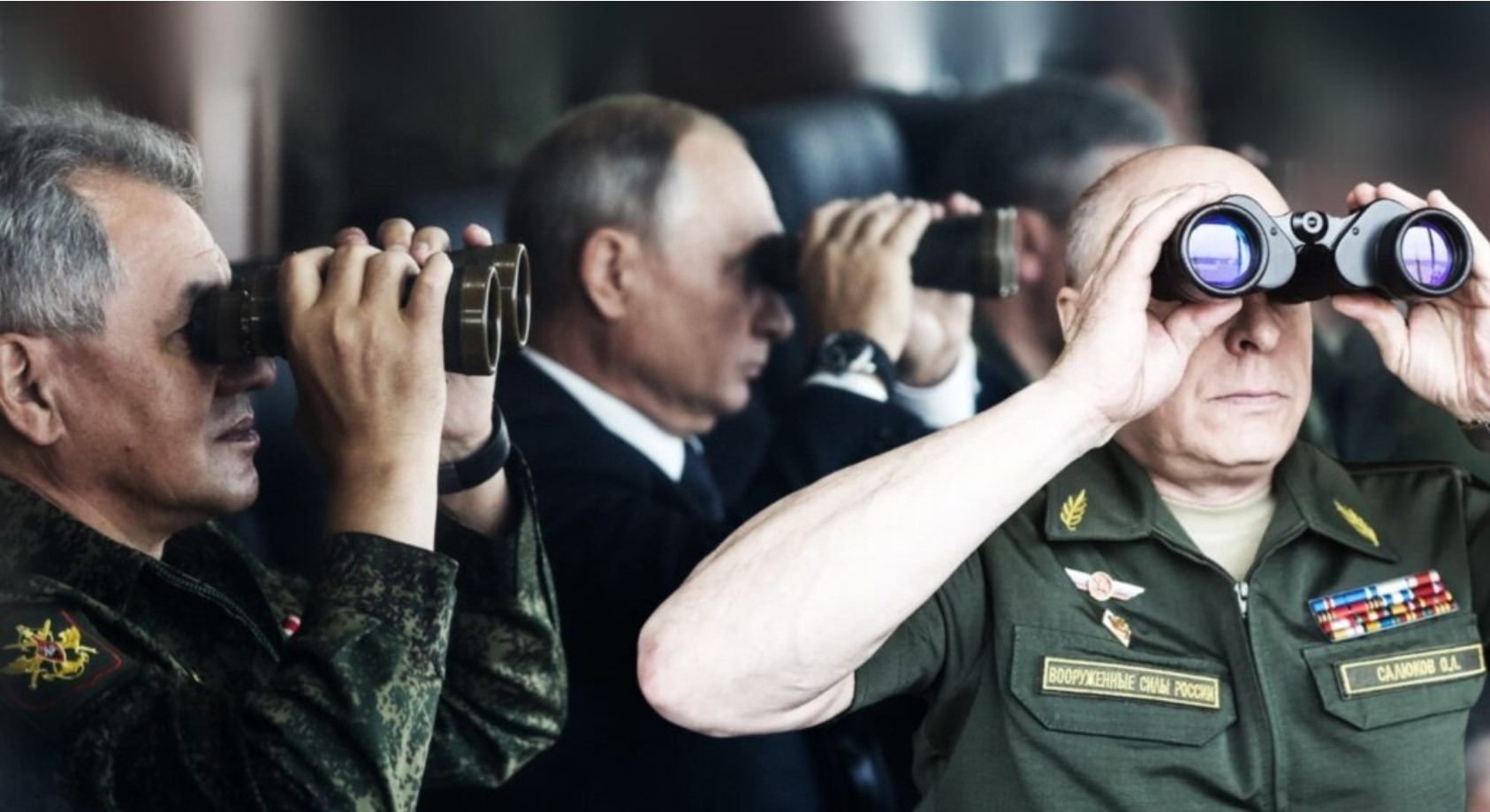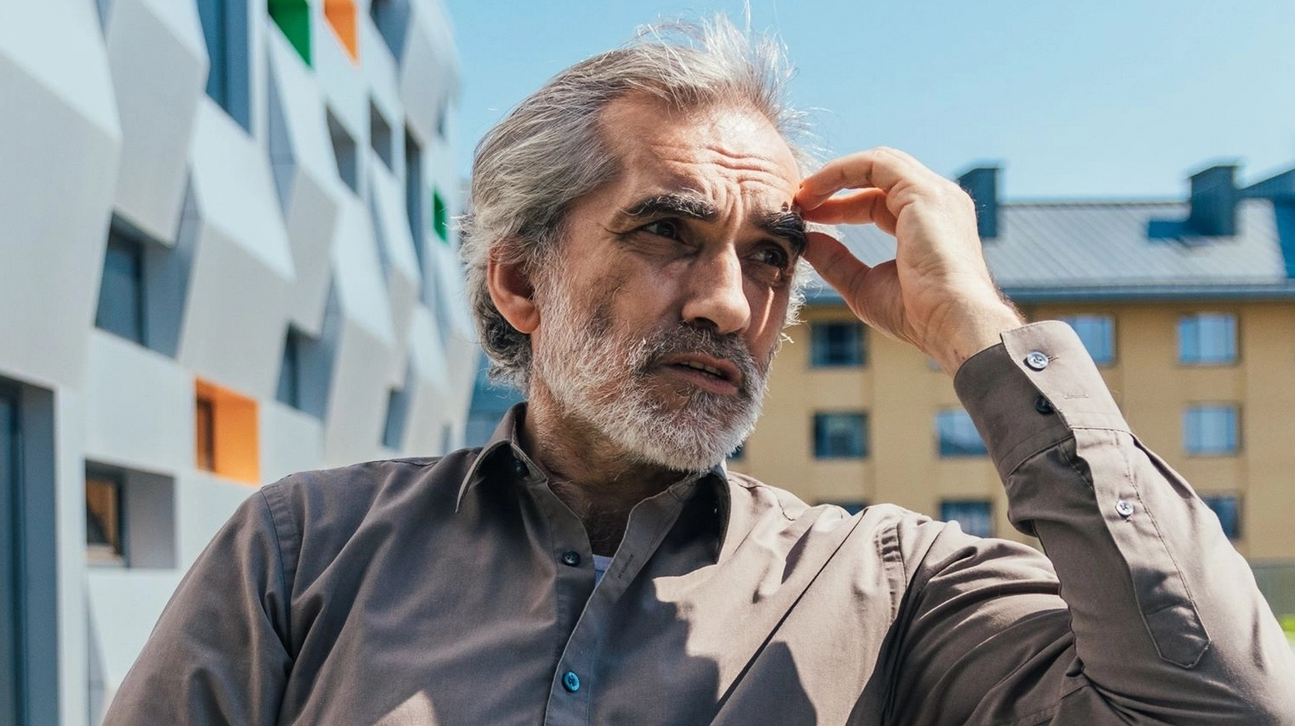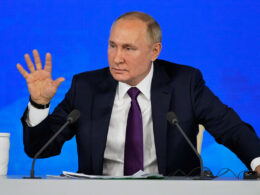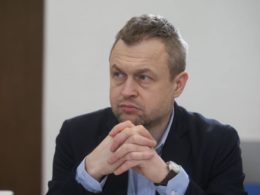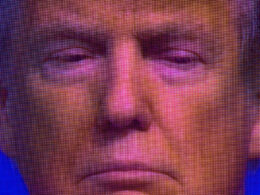100 days into Donald Trump's presidency, peace between Russia and Ukraine remains elusive. Recent weeks have seen violence escalate sharply—a strike on Kryvyi Rih killing nine children, an attack on Sumy claiming 36 civilian lives, and a missile assault on Kyiv leaving 12 dead—just days after US Special Envoy Steve Witkoff met with Vladimir Putin in Moscow.
Meanwhile, the United States has intensified pressure on Ukraine to accept Russian occupation of its territories and abandon NATO ambitions, offering only vague European security guarantees—echoing the broken promises of the Budapest Memorandum, which failed to protect Ukraine after it gave up its nuclear weapons.
Military experts caution that any hasty peace agreement could merely set the stage for another Russian offensive. Yet Russia's combat losses are staggering: according to Oryx intelligence, Russia has lost over 20,000 pieces of military equipment, with up to 10,000 tanks destroyed according to Ukraine's General Staff.
With Russia's ground forces severely depleted, what would a second invasion look like—and how might Ukraine strengthen its position during any potential ceasefire?
Russia’s next move: hybrid war, not tanks

"If peace is signed, the war will transition into a cold war phase with saboteurs, explosions, and socio-political destabilization," Ukrainian defense expert Serhii Kuzan told Euromaidan Press.
Kuzan explains that Russia, lacking sufficient forces for conventional operations, would focus on internal destabilization. "They would conduct information campaigns to discredit Ukraine's military-political leadership, whoever it might be."
These operations would include deploying troops, conducting shellings, and deploying sabotage groups, causing casualties with "considerable propaganda and informational value to discredit state figures or their statements," rather than achieving pure military objectives.
Kuzan notes that Russia could only resume large-scale operations after rebuilding its combat capabilities.
"If Ukraine maintains current support levels, a repeated attack is unlikely. But if the West stops assistance, Russia could exploit a 1.5-2 year window before our defense modernization is complete."
Defense expert Mykhailo Samus agrees, noting that the timing of any renewed Russian offensive depends heavily on its resource base—particularly oil prices. He recalls that Russia began preparing for full-scale war immediately after the signing of the second Minsk Agreement in 2015, a ceasefire deal between Ukraine, Russia, the OSCE, and Russian-backed separatist leaders in Donetsk and Luhansk. Although intended to halt hostilities, the agreement failed to bring lasting peace, as Russia was already planning to take control of the entire country.
"They immediately started creating three new armies. By 2017, they had built them, and in 2022, they launched the invasion," Samus told Euromaidan Press. "However, their current forces cannot achieve success against Ukraine's armed forces."
Expect sabotage, not blitzkrieg

Pavlo Narozhnyi, another Ukrainian defense analyst, believes any Russian force concentration would be swiftly detected.
"Ukrainian intelligence would notice such a grouping even without satellite images—through OSINT, social networks, and the Russians themselves," Narozhnyi told Euromaidan Press.
When discussing how a second invasion might differ, Narozhnyi draws parallels with Russia's brutal wars in Chechnya. The First Chechen War (1994–1996) ended in a Chechen victory, but in the Second Chechen War (1999–2009), Russia regained control through massive bombardments, destruction of Grozny, and a campaign of terror.
"Russia applies the same policy in occupied territories as in Chechnya. In territories they capture, they conduct filtration. Anyone pro-Ukrainian is eliminated," he explains.
Kuzan agrees, noting that the Second Chechen War was far deadlier, with half of Grozny reduced to rubble.
"The war in Chechnya is what the Russians planned for Ukraine in 2022, when they thought they had destroyed our air defenses and taken control of the airspace. But that didn't happen," Kuzan says.
Samus emphasizes that defeating Kyiv would require a well-planned military operation.
"To enter Ukraine, they would need to launch missile strikes against air defenses, bring in aviation, deploy airborne forces, use drones, and then a ground operation. It's classical," he explains.
Weapons short, ambitions high
Despite Putin's ambitions, experts highlight severe constraints in Russia's military-industrial complex that limit its ability to sustain prolonged war or prepare another major offensive.
"For their tactics to change radically, the resources they have would need to change fundamentally," Narozhnyi explains.
Kostyantyn Kryvolap, aviation expert and former engineer at Antonov Design Bureau, points to Russia's declining aircraft production.
"They can barely handle producing engines for Su aircraft. If in 2014-2016 they produced 30-50 such aircraft, now they produce no more than four to eight. The F-35 is produced at 150-190 per year, Rafales at 30, and Russian aircraft, generously, 15," he explained to Euromaidan Press.
Kryvolap notes Russia's deteriorating strategic aviation fleet. "Russian strategic aviation, like the Tu-95 and Tu-160, is dying. Only 17 Tu-160 aircraft remain, with four supposedly undergoing modernization for years now."

According to Kryvolap, Russia's fundamental issue is losing its industrial base. "Many enterprises supplying spare parts, components, and systems simply no longer exist. World-renowned design bureaus, like Tupolev, have been closed or sold."
"After restructuring, one production site has only 2,000 employees left—nowhere near enough to produce engines, which take 10-15 years to develop. An aircraft engine is the pinnacle of mechanical engineering," he emphasizes.
These limitations would severely hamper any Russian plans for a massive offensive. "Putin could mobilize millions of citizens, but even one million need equipment, transport, food, and weapons. For aircraft to fly, they need engines. Does Russia have such engines? No," Kryvolap concludes.
The war will be won in the skies
Experts unanimously identify air defense and aviation as vital to preventing a future Russian offensive. During any ceasefire, Ukraine must strengthen its response capabilities.
"Russians need to understand that in three years, we'll have so many drones and missiles that if they launch thousands of Iskanders, we'll launch 10,000 in response," explains Samus.
He noted that President Zelenskyy recently announced a Ukrainian drone with a 3,000 km range.
Meanwhile, Kryvolap warns Russia will upgrade its Shahed drones—increasing range, installing more powerful engines, modifying aerodynamics, and expanding warhead types to include cluster and thermobaric variants.
Trending Now
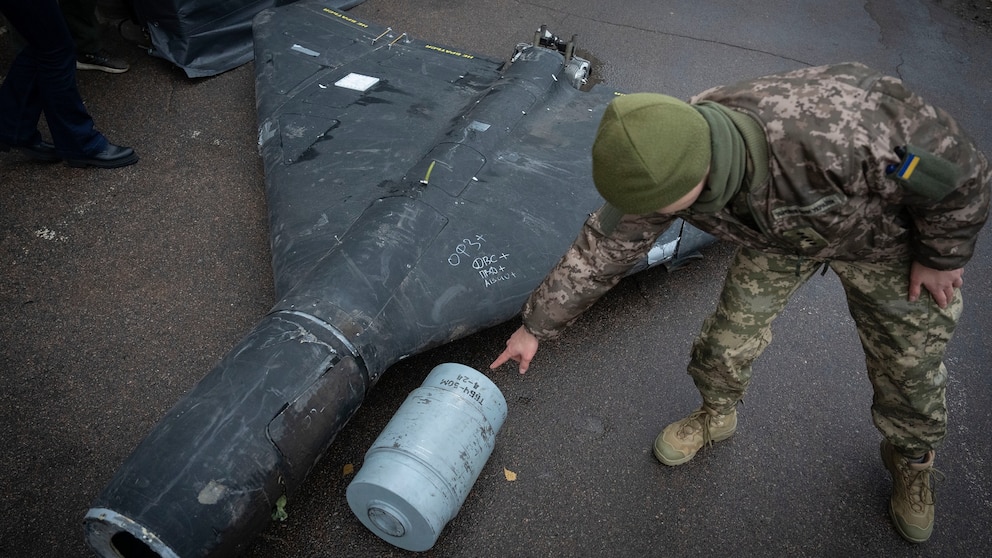
Russia also relies heavily on tactical aviation, launching over 100 guided aerial bombs almost daily.
"Russia's tactic in a second invasion would be a scorched-earth approach. However, without glide bombs and large troop numbers, they would have nothing to fight with. Ukrainians withdraw because we lack soldiers and they have overwhelming numbers," he says.
Samus emphasizes that Ukraine must strengthen its multi-layered air defense during any ceasefire. "Intelligence is key. Russians need reconnaissance drones for constant updates."
"Ukraine must destroy any reconnaissance drone entering our territory. Without reconnaissance, their missiles cannot target mobile military objectives."
Ukraine has developed electronic warfare systems to counter guided bombs, but needs to expand these capabilities. Samus notes European air defense is even weaker than Ukraine's: "Europeans have a worse situation with air defense. Americans have Patriots, but Europeans have only SAMP-T."
This creates an opportunity for Western defense producers to collaborate with Ukraine on more effective air defense systems.
Ukraine becomes Europe’s arsenal
Konstantin Kryvolap, aviation expert and former engineer at Antonov Design Bureau, sees a significant opportunity for Ukraine to strengthen its security by joining Europe's defense industry.
“The world’s two main arms suppliers have left the market,” he says. “Russia’s weapons have proven ineffective, and America’s position has weakened due to Trump's policy instability.” According to Kryvolap, the US has also lost credibility as a dependable arms provider: “It’s no longer the uncle who comes to the rescue in the worst case.”
He highlights how US export controls complicate weapons transfers. Even a small amount of US-origin components can require State Department approval for military equipment. Europe, by contrast, imposes no such restrictions. As a result, Ukraine hasn’t received a single US-supplied aircraft since 2022, despite approved pilot training and spare parts for Mig-29s and Su-25s. Even transfers from European allies—such as F-16s—required US clearance due to their high American content, delaying critical deliveries.
Last year, Sweden offered Ukraine an ASC 890 airborne early warning and control aircraft. Ukraine received only one aircraft, and only after a year, because it contained more than 10% US components.
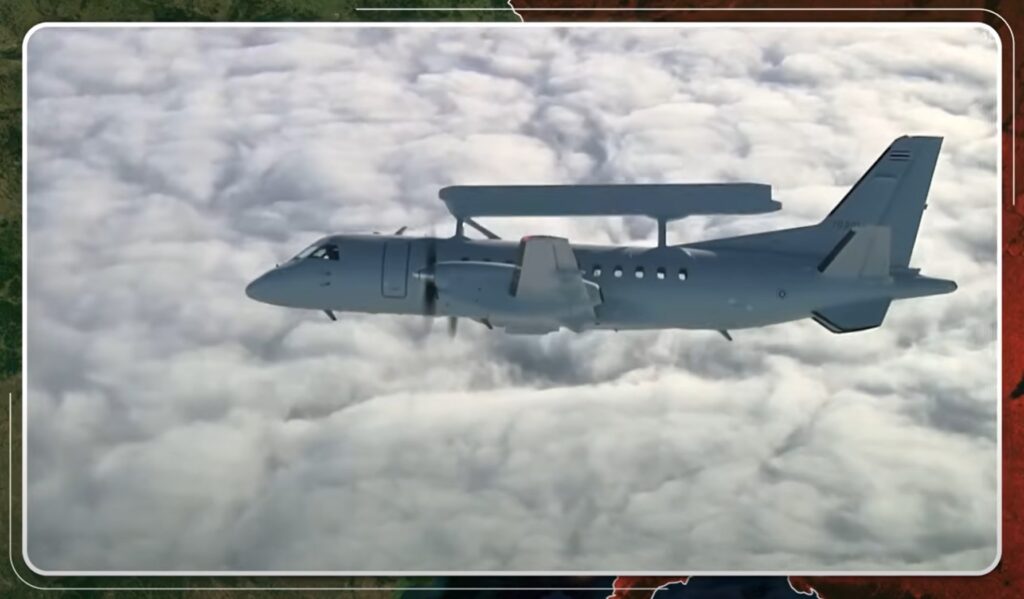
If US defense policy doesn't change, Kryvolap believes America's influence could collapse, creating opportunities for European manufacturers.
"The world now needs French Rafale aircraft. Nobody needs F-35s that may or may not fly," Kryvolap states, noting that F-35s are produced at 150-190 per year, Rafales at 30, while Russian aircraft production has fallen to just 15 annually at best.
Ukraine, the expert argues, is well-positioned to help expand European production. “Ukraine is an aviation nation,” he says—referring to the country’s long-standing expertise in aircraft design and manufacturing, especially through Soviet-era giants like Antonov. Kryvolap believes Ukraine could significantly boost Rafale output, particularly in fuselage production.
“Ukraine's participation could double or triple manufacturing capacity,” Kryvolap says. “This allows Ukraine to integrate with the European Union without formal membership—by building economic ties, generating revenue, and reinvesting in our defense industry.”
He adds that this strategy is already underway. In 2024, the French-German defense consortium KNDS—maker of Leopard tanks and Caesar howitzers—opened a subsidiary in Kyiv.
"Ukraine has considerable experience producing armored vehicles. Ukrainian armor industry produces many machines with various equipment for different tasks. This is competitive at the global level. And now, any equipment labeled 'manufactured in Ukraine during the war' will be exceptional," he contends.
He also notes Ukraine’s growing role in missile technology: "The Ukrainian Neptune is unique for Europe and cheaper than Storm Shadow and Scalp."
Can the West back up its promises?
The proposed "mineral deal" between Ukraine and the US has sparked debate over whether it provides genuine security guarantees for Kyiv. Despite President Zelenskyy's insistence on formal security provisions, the American side has resisted such commitments.
Some suggest that American companies operating in Ukraine would serve as de facto protection, but experts dismiss this notion. Narozhnyi argues that extracting rare earth metals in Ukraine is complicated, with many deposits located in occupied territories, and questions what would prevent Russia from targeting these operations.
"If Russia strikes with a drone, will war be declared against Russia or just more sanctions? I think this won't stop Russia," Narozhnyi notes. "The US won't declare war, and Russia already faces numerous sanctions."
When asked if Russia would hesitate to attack American companies, Kryvolap responds bluntly: "Without any problems. They wouldn't even think about it."
Experts agree that Ukraine's security depends on deeper European defense integration. With continued international funding, Ukraine could develop its military industry during any potential pause in the war—crucial since its budget alone cannot sustain weapons development.
"Ukraine will maintain a million-strong army that consumes 100% of the state budget," Narozhnyi explains.

Samus warns that any Trump-initiated freeze would merely set the stage for renewed conflict: "Neither side has resolved their issues. The Russians haven't captured Ukraine, and we haven't liberated our territories. This war will continue when new conditions develop."
Kryvolap praises the "coalition of the willing," which brings together countries to support Ukraine as a "genius decision" that streamlined international support for Ukraine, while highlighting Zelenskyy's critical role in maintaining attention: "He keeps this machine running; he doesn't let Europe fall asleep."
He concludes that Putin remains determined to destroy Ukraine: "Sooner or later, he will absolutely attack again." Yet Kryvolap remains optimistic about Ukraine's strengthened position, noting that any future invasion "will be met by a completely different army—an army that has been fighting for three years. There is no other like it in the world."

